On metaphor of machine and metaphor of human body

On metaphor of machine and metaphor of human body

デカルトの「人間論」は、神経経路を表現しているが、その作用機序は完全に機械になっている。ホンダのアシモ君は、人間の身体のような形が採
用されている。アシモ君は、そのロボットとしての機能を果たすためには、ボストンダイナミックスの四つ足型ロボットでもよく、またそのほうが、運搬性能、
歩行性能、走行性能には有利だった可能性があるが、ホンダは人型ロボットに固執した(=その固執の代償として世界的人気を博した)。
 |
「機械が、どのようにして、その感覚器官
にぶつ
かる外部の物体によって刺激され、その結果として肢体を多様なしかたで動かすのかを理解するためには次のことを考えていただきたい。……脳の最も内奥から
きて神経の髄を構成する細糸は、感覚器官の役を果たす部位のすべての神経のところで、感覚の対象により極めて容易に動かされるような仕組みになっている。
そして、この細糸は、ほんの少しでも強く動かされると、同時にもう一方の端にある脳の部分を引っ張り、このことによって脳の内表面にあるいくつかの孔の入
口を開ける。すると脳の空室の中の動物精気は、この入口を通ってただちに神経の中に流れ出し、さらに筋肉のところまで行って。この機械に、われわれ人間の
感覚が、同様に刺激された時におのずと行う運動にきわめてよく似た運動を行わせる」(伊東・塩川訳、240ページ)デカルト「人間論」から |
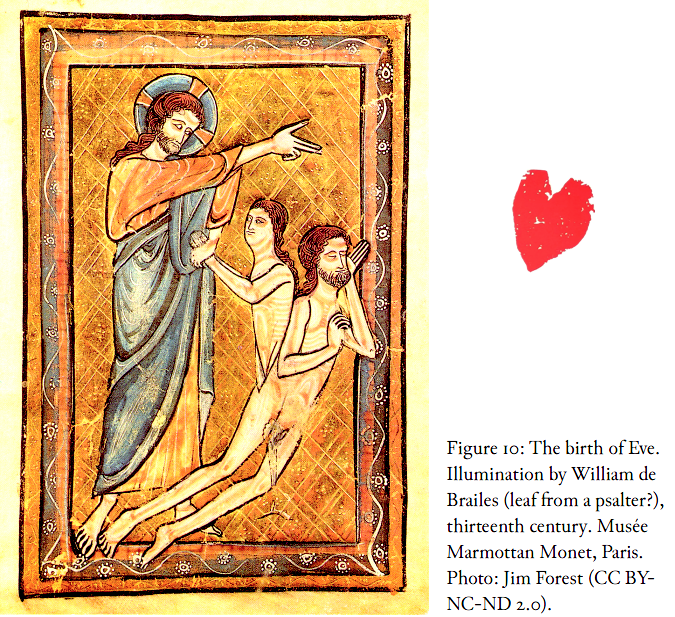 |
|
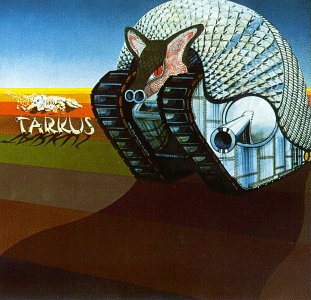 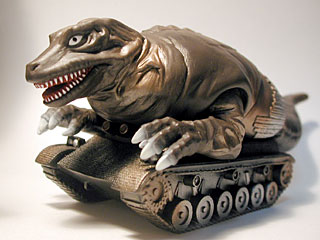 |
|
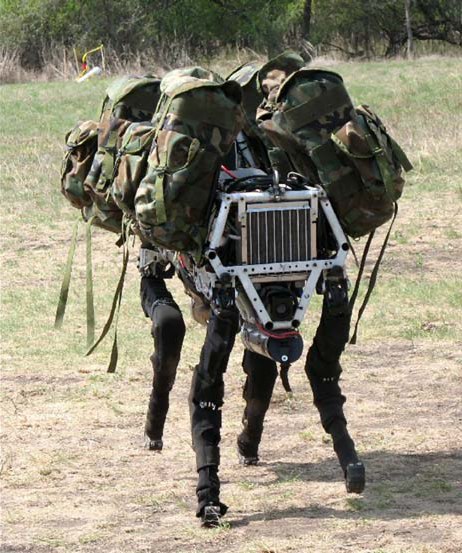  |
The quadrupedal military robot Cheetah, an evolution of BigDog (pictured), was clocked as the world's fastest legged robot in 2012, beating the record set by an MIT bipedal robot in 1989, andASIMO (Advanced Step in Innovative Mobility) is a humanoid robot created by Honda in 2000. |
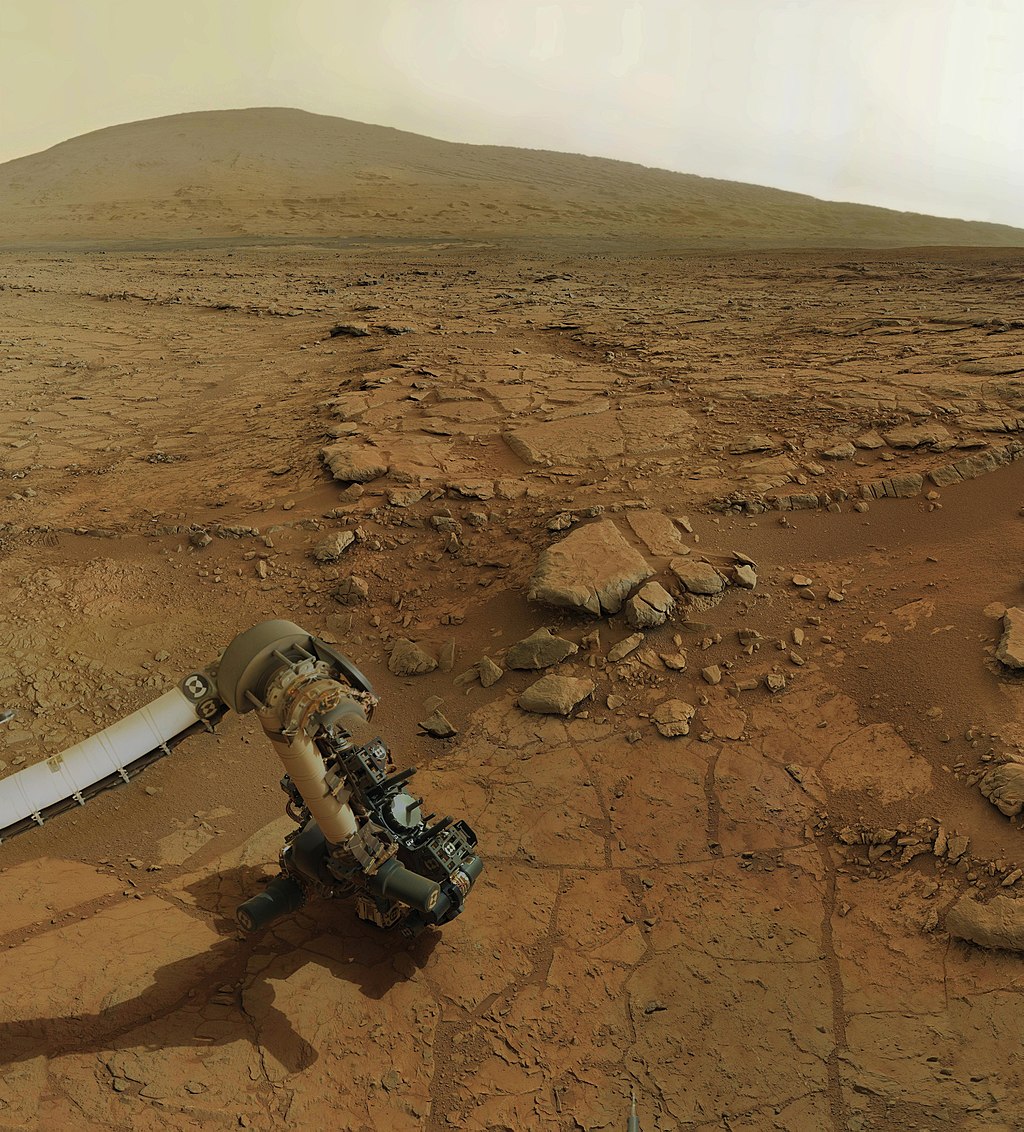 |
View of
Curiosity’s robotic arm showing drill in place, with Yellowknife Bay
and Mount Sharp in the background. Click for larger version. Credit:
NASA / JPL-Caltech / Olivier de Goursac |
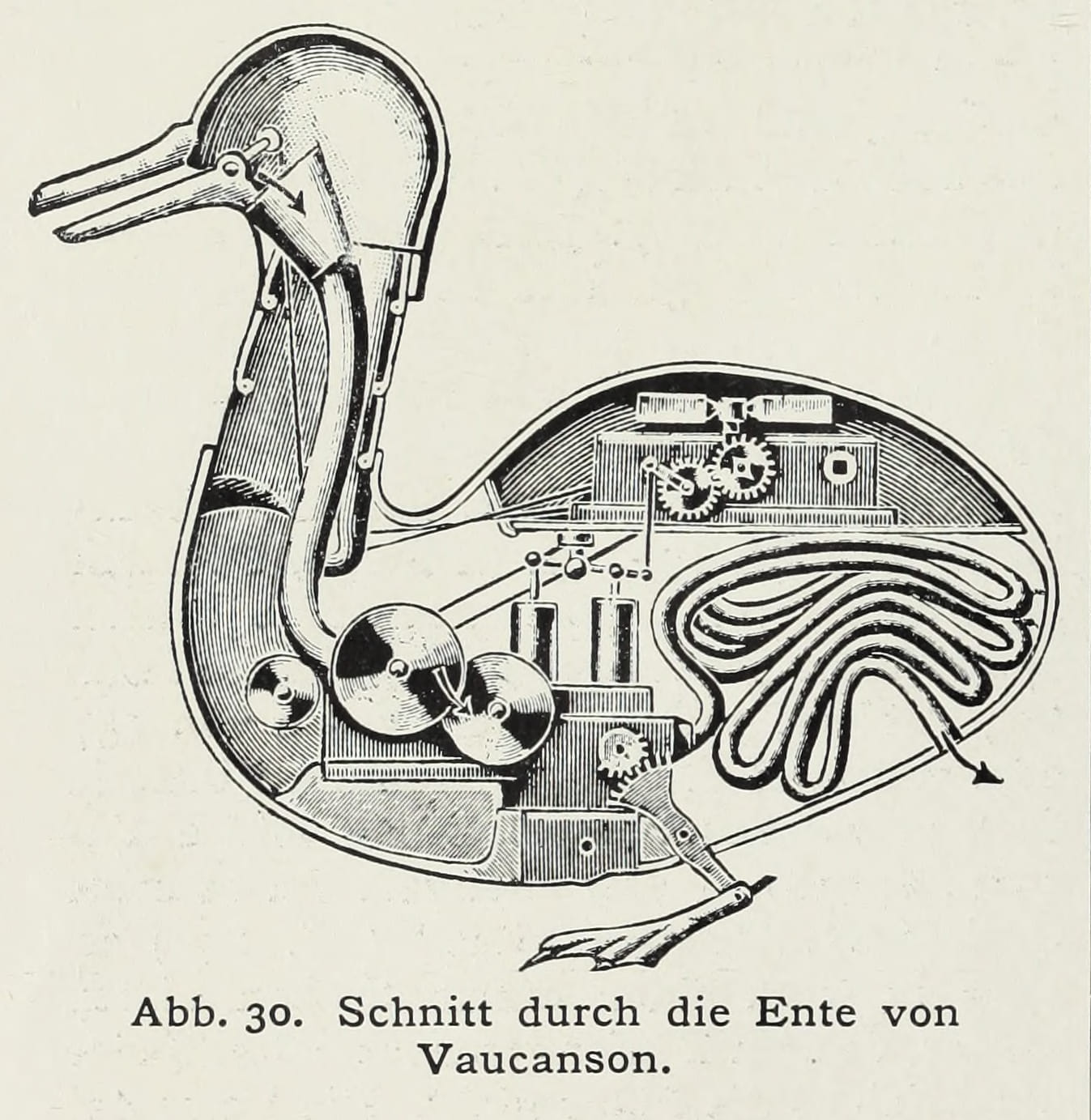 |
Invented in 1739,
Vaucanson’s mechanical duck gave the appearance that it could eat
grain, digest and excrete. Die Technik der Vorzeit, der geschichtlichen
Zeit, und der Naturvoelker. 1914. |
 |
|
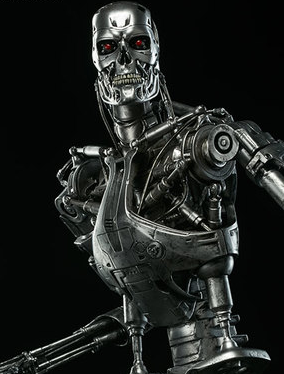 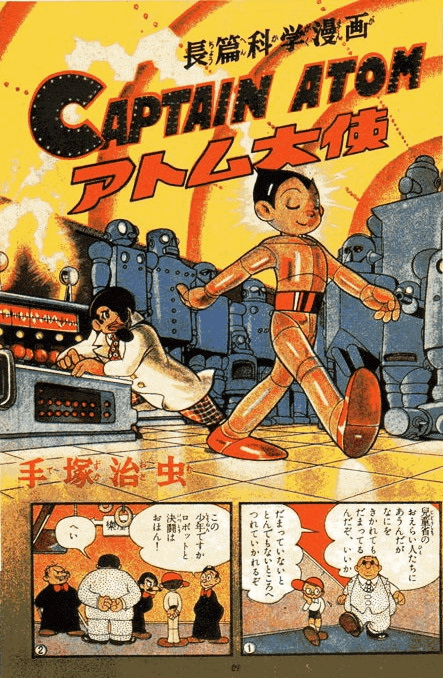 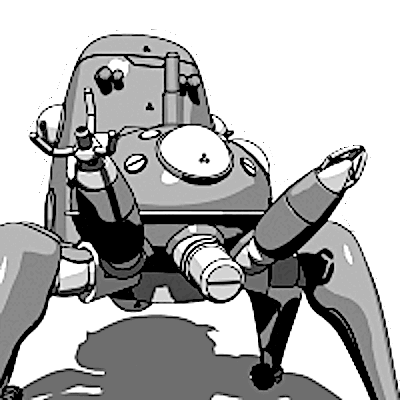 |
|
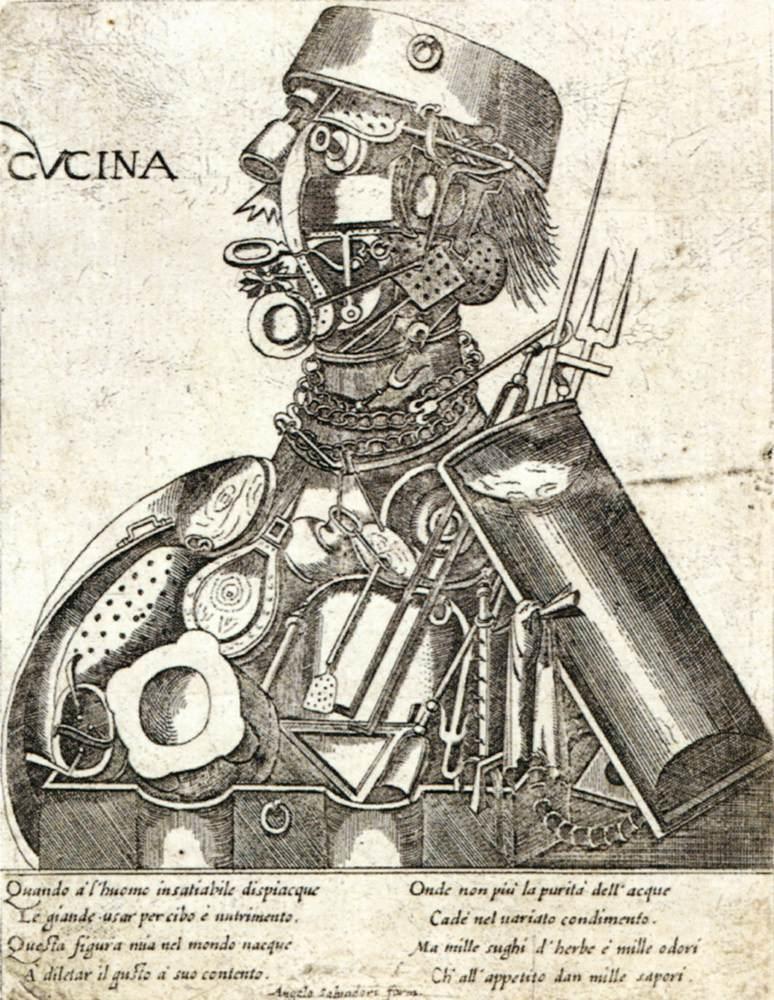 |
|
リンク
文献
その他の情報
Copyleft, CC, Mitzub'ixi Quq Chi'j, 1997-2099